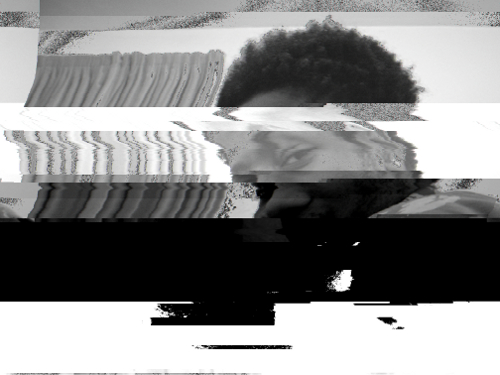
Antonio Roberts
Antonio Roberts is an artist, musician and curator based in Birmingham, UK. His practice is concerned with how the misuse of digital technology impacts people of colour and other marginalised groups.
His recent work focuses on the depiction of Black people in digital media, ranging from stereotypical misrepresentations in early video games to modern algorithms and AI codifying existing biases.
His (Algo|Afro) Futures mentoring programme teaches live coding software as a way to address how Black people have been under/mispreresented in digital art and electronic music, despite being pivotal to its development.
He is currently learning game development, with the aim to explore how immersive environments can be used as a narrative storytelling device. He is also working on his debut EP, created using a combination of live coding software and hardware synthesisers.